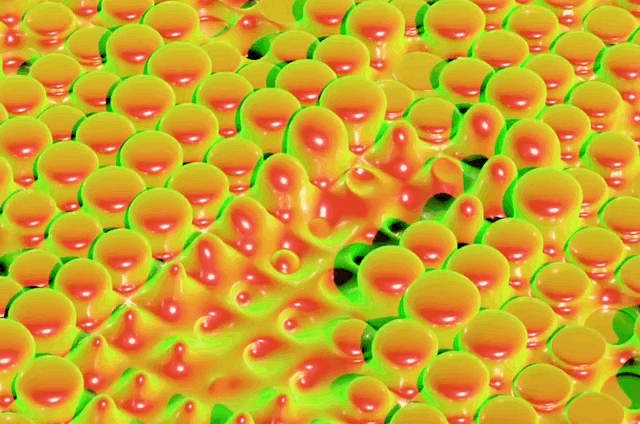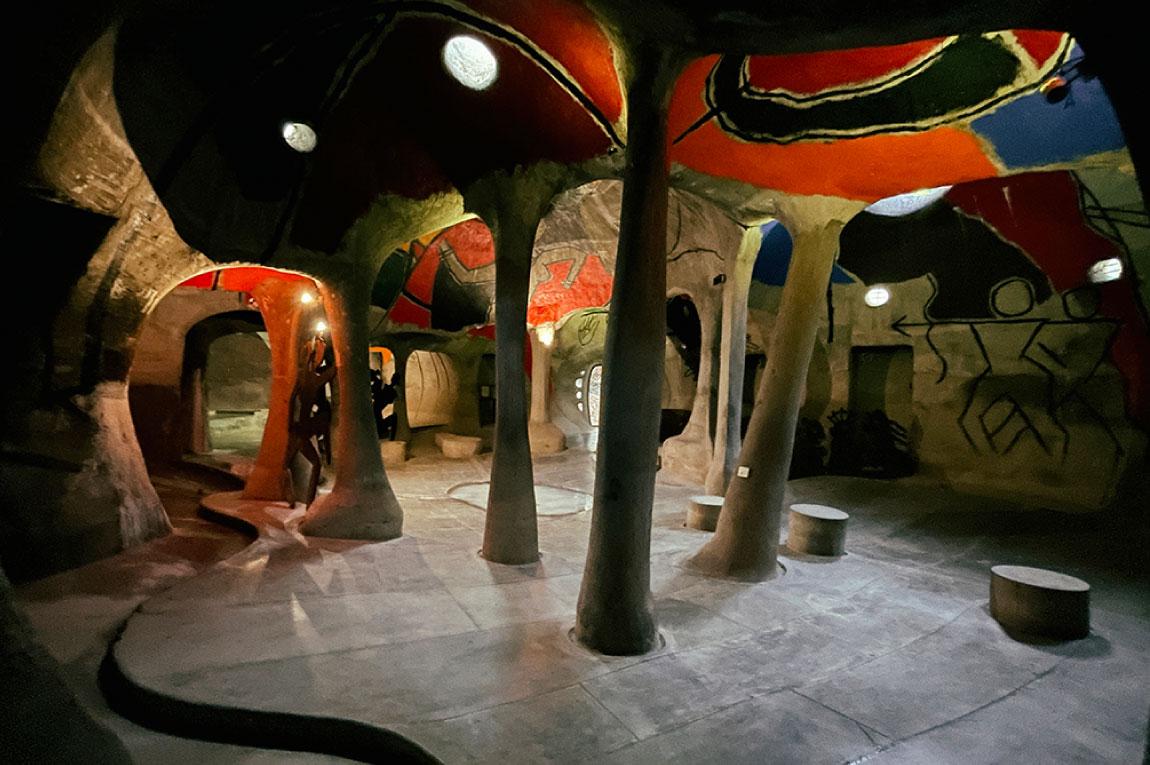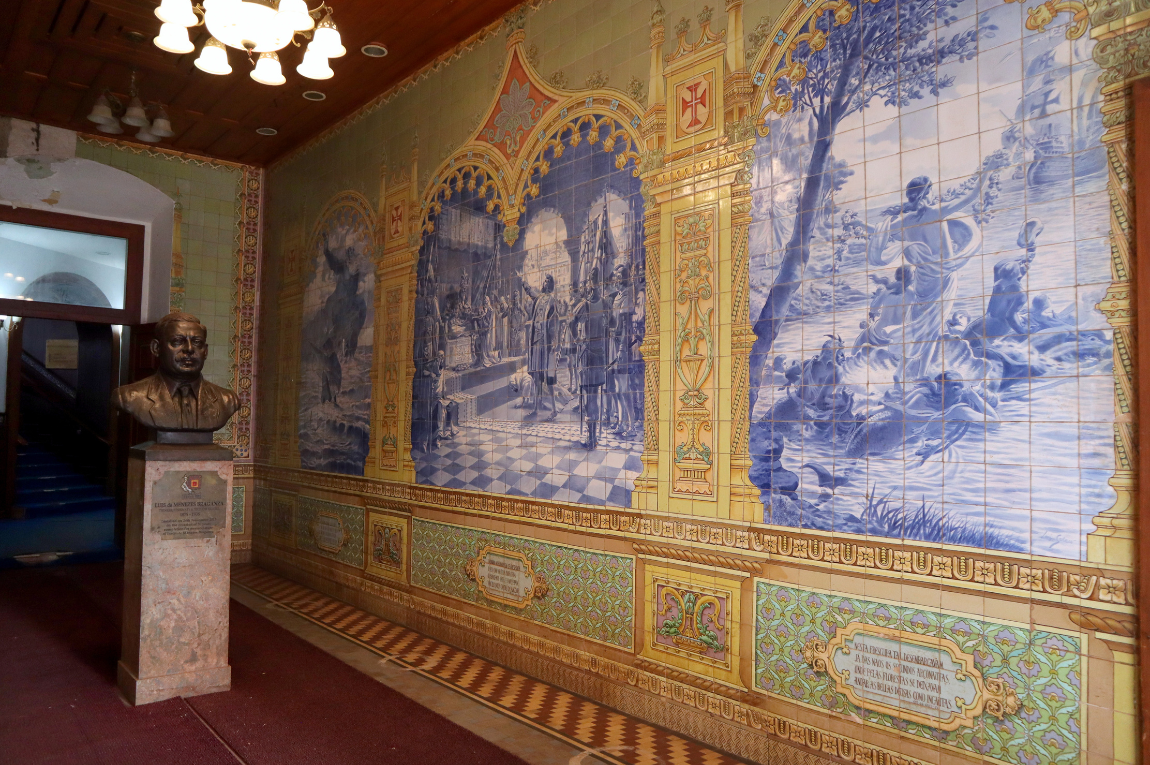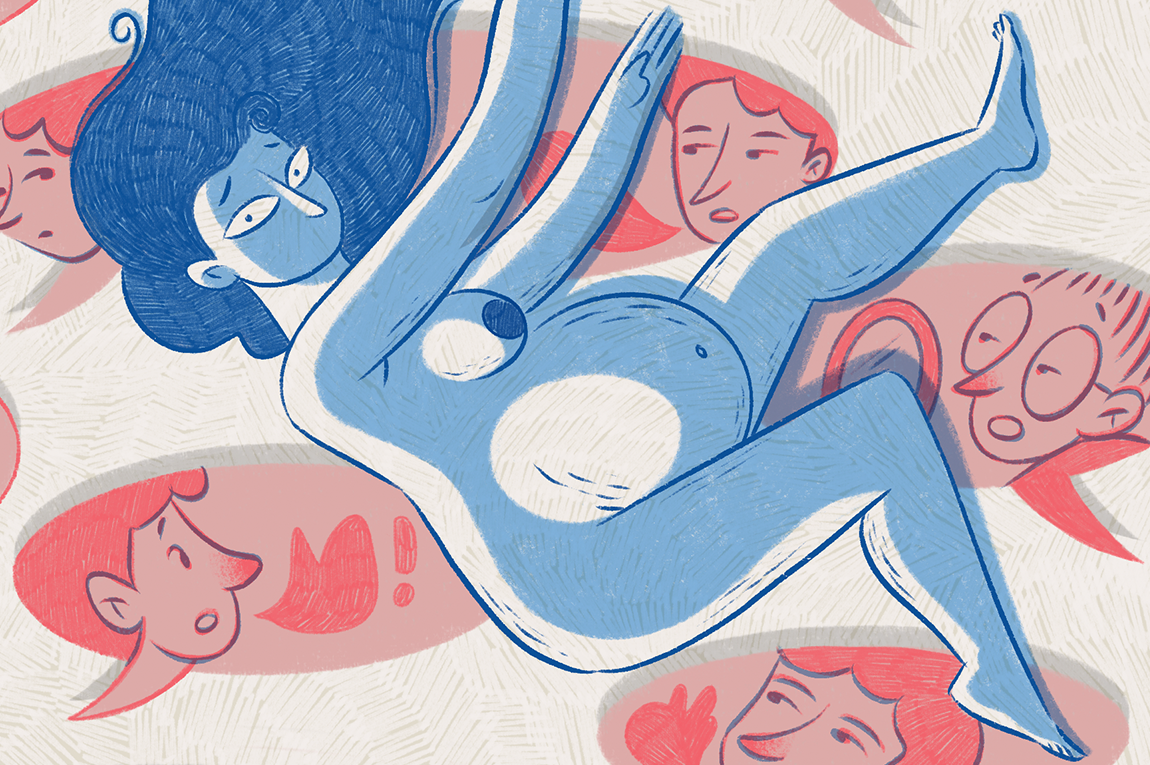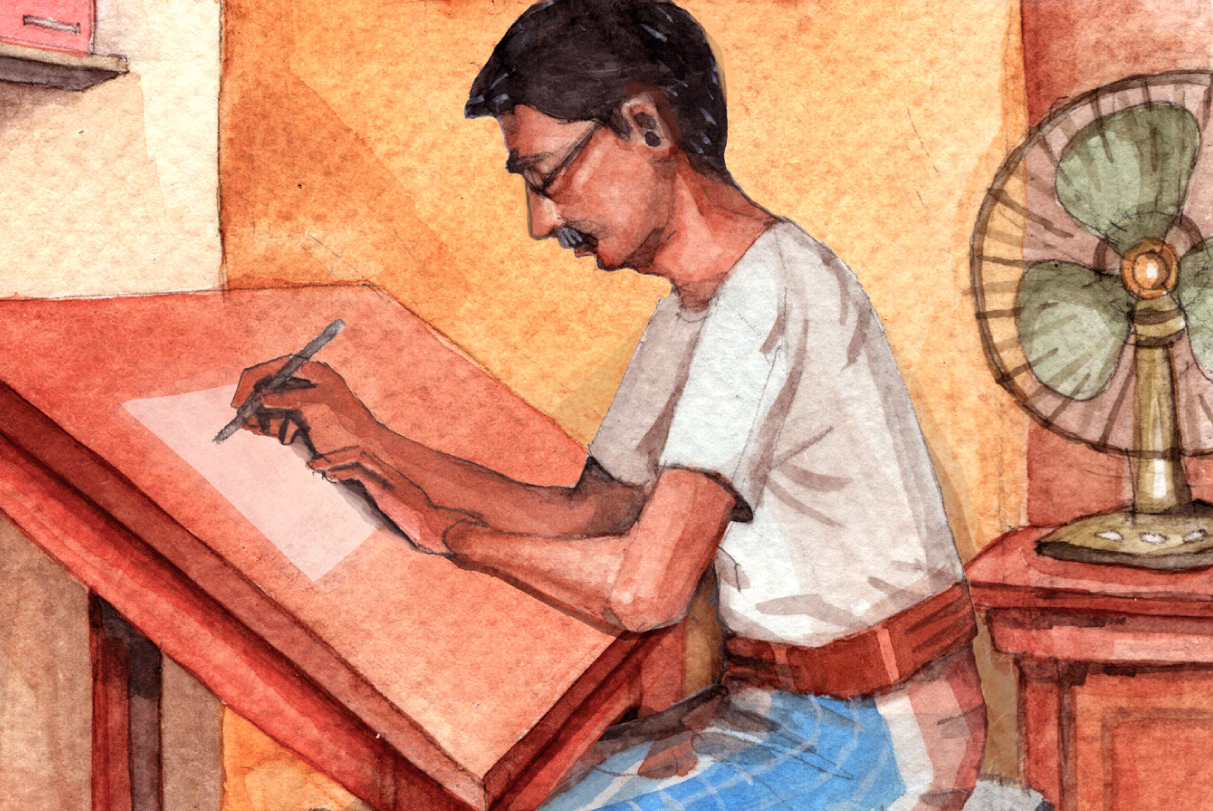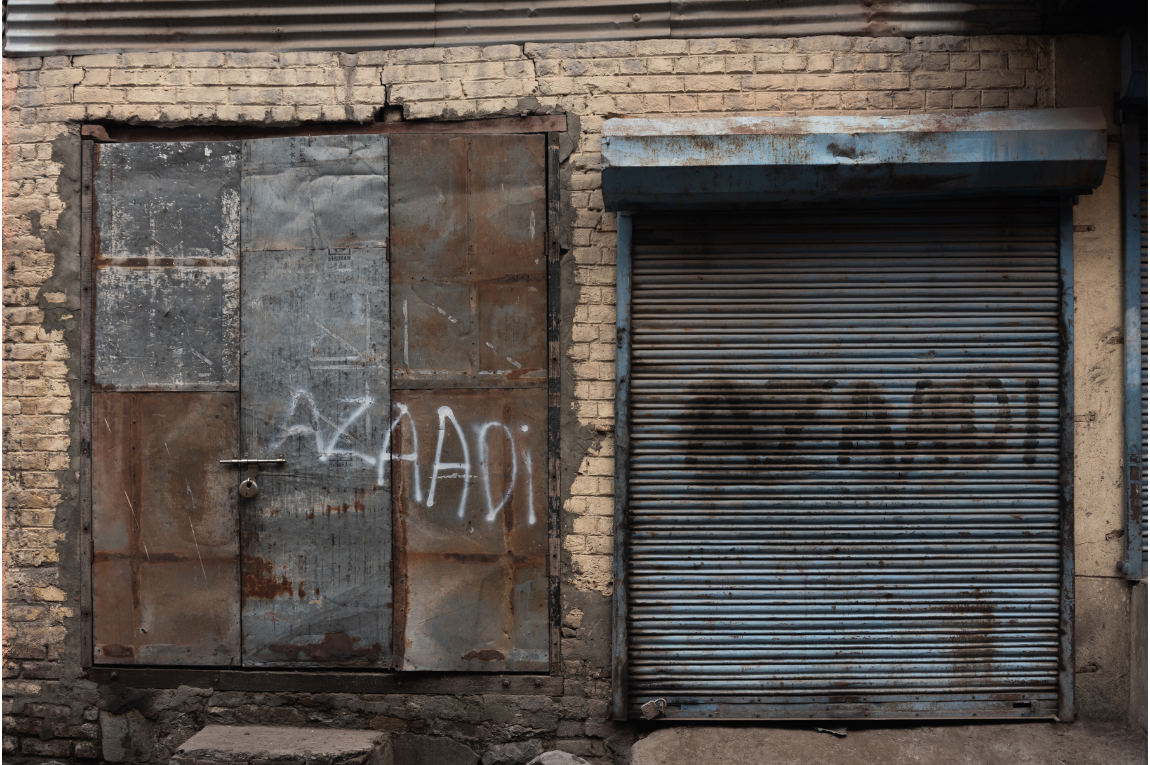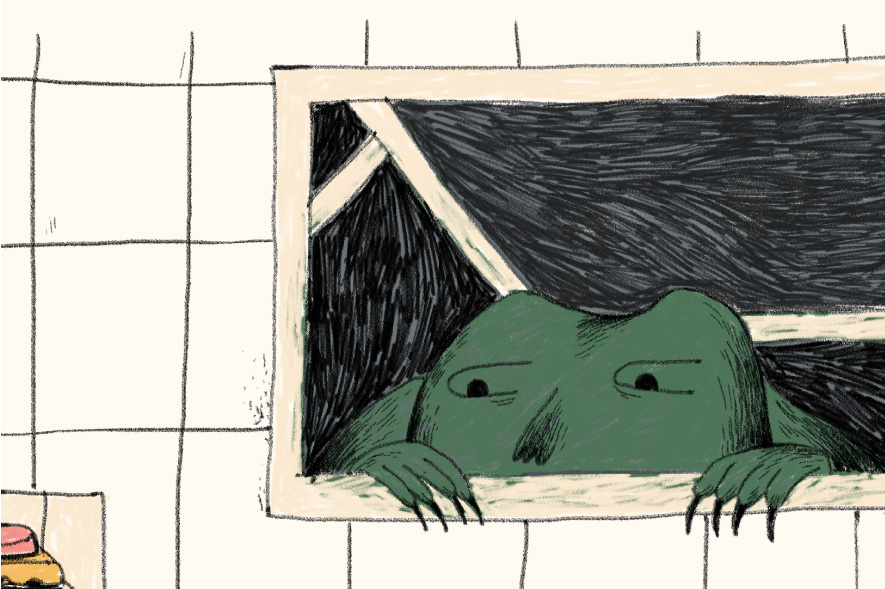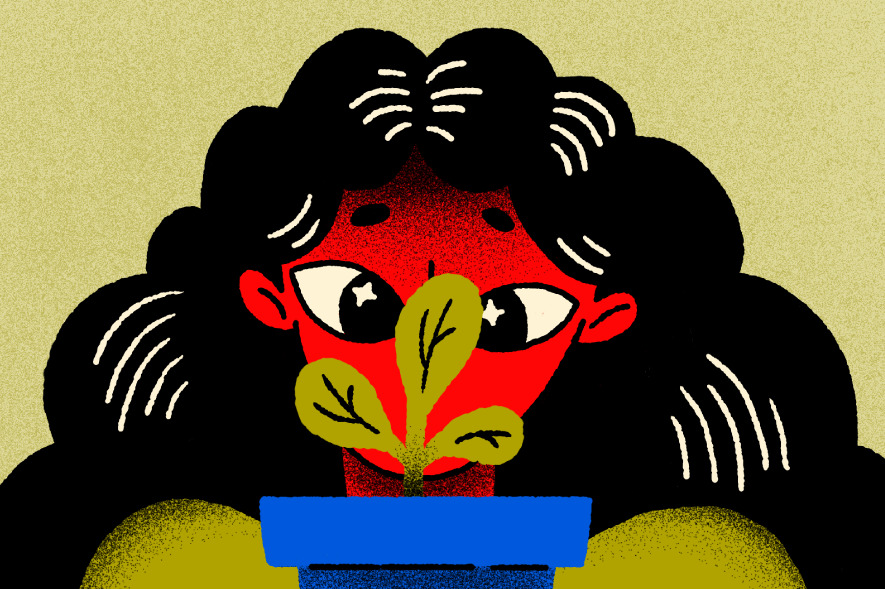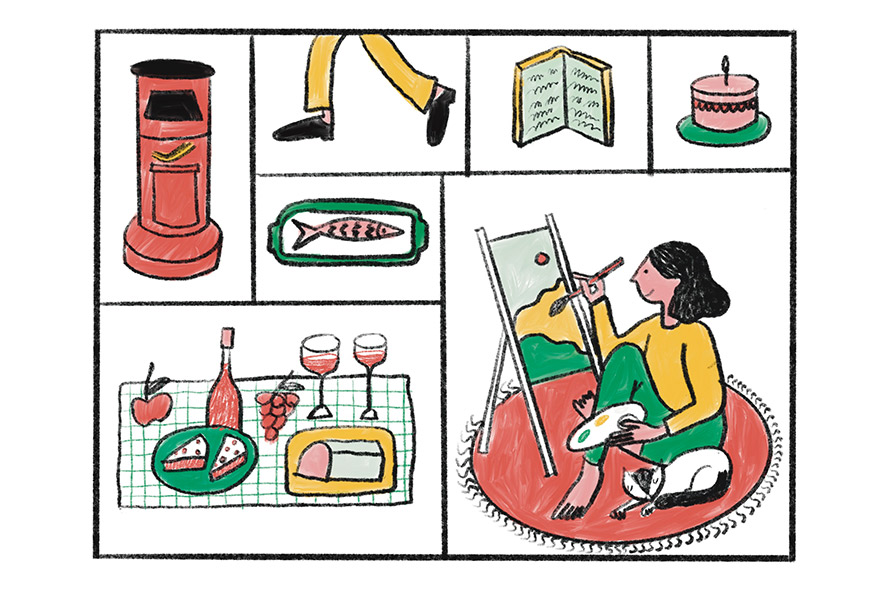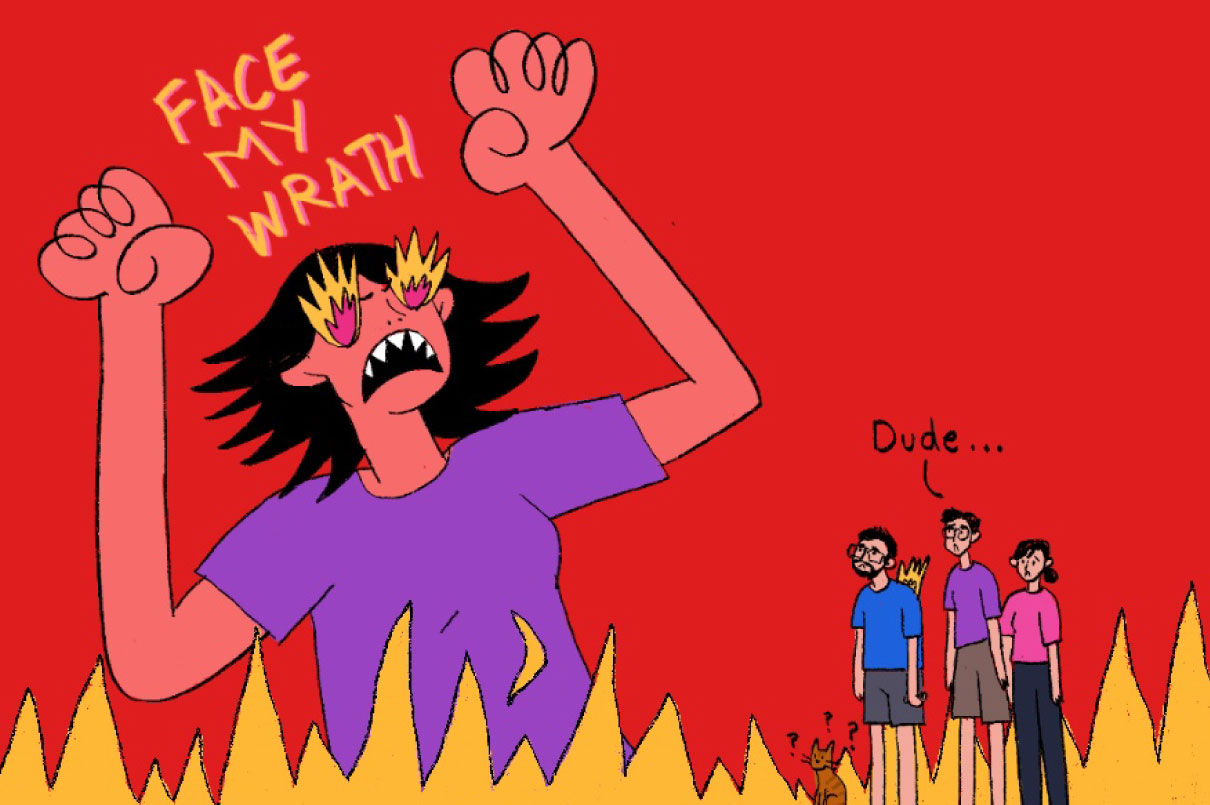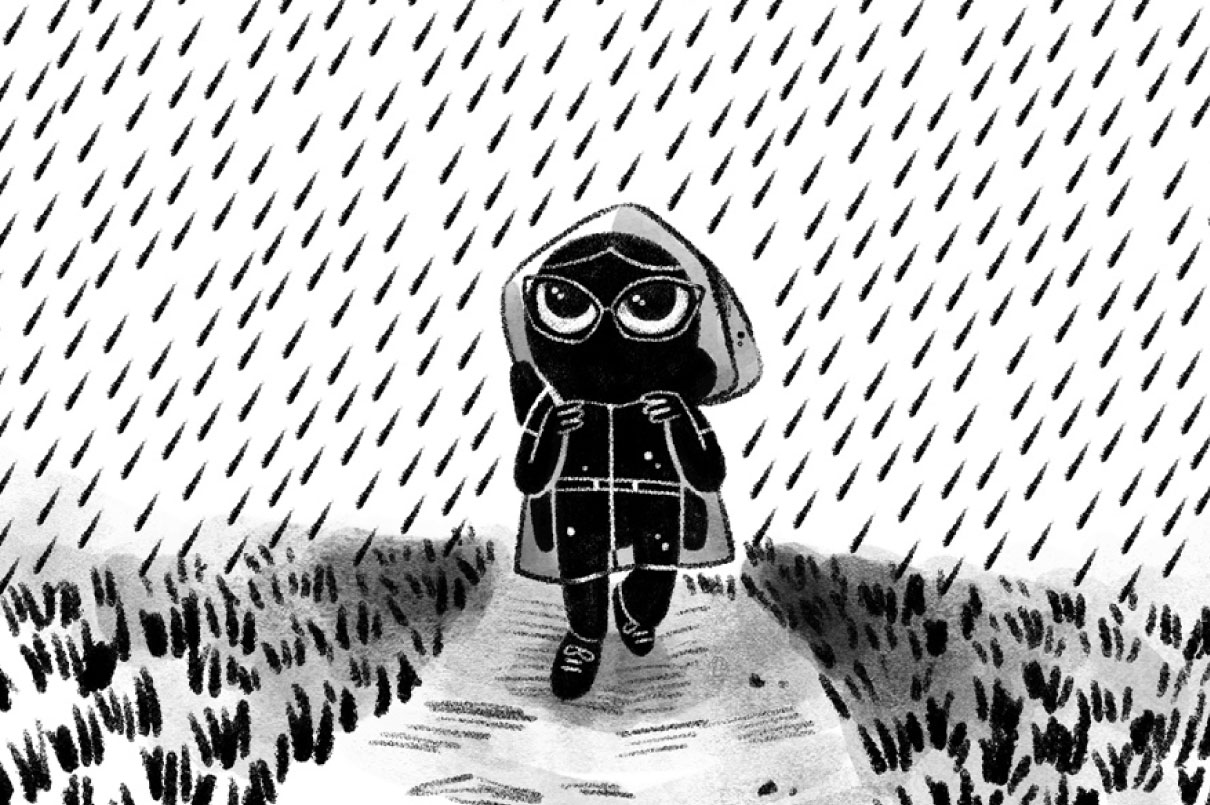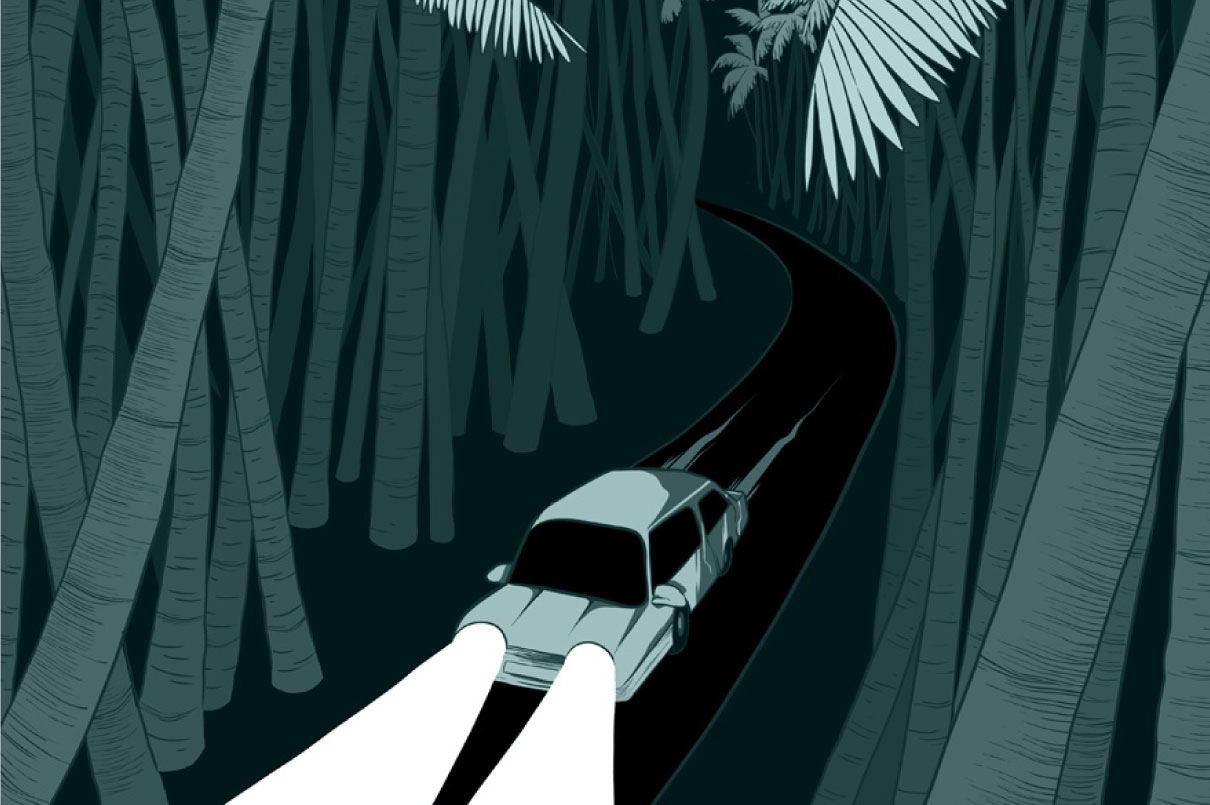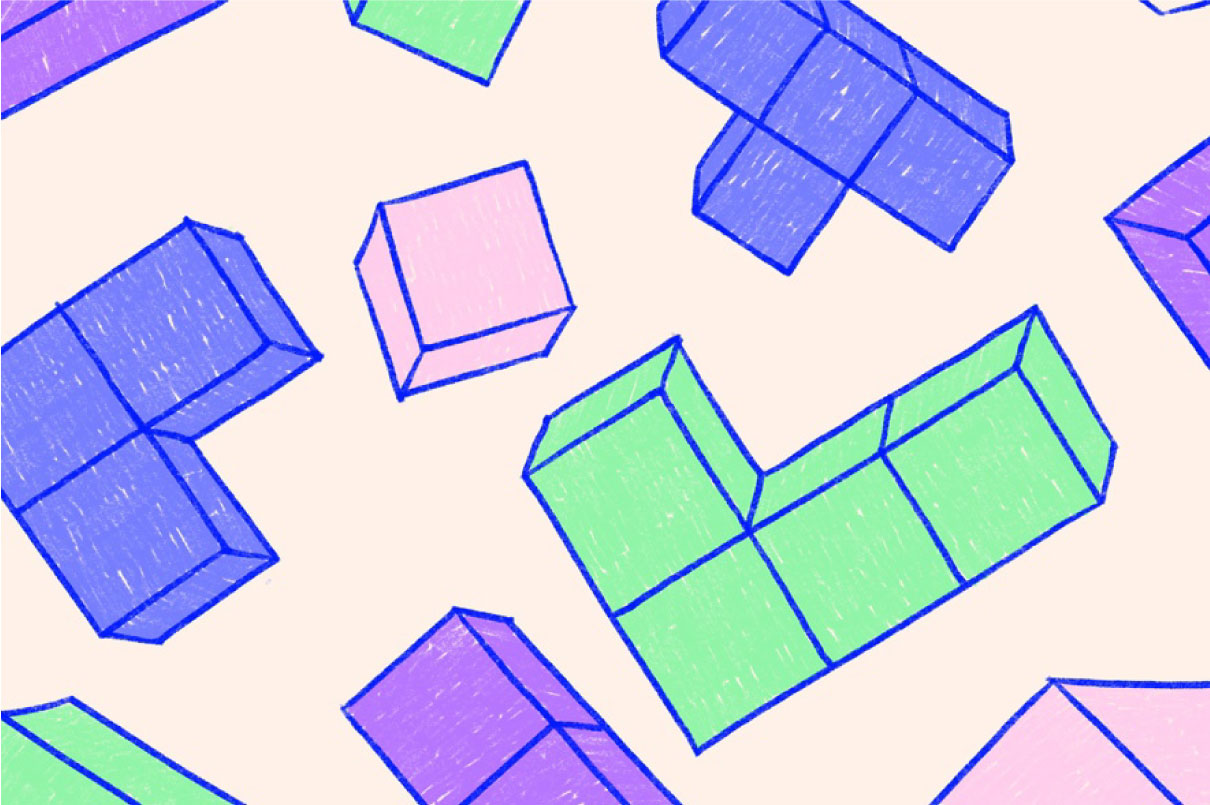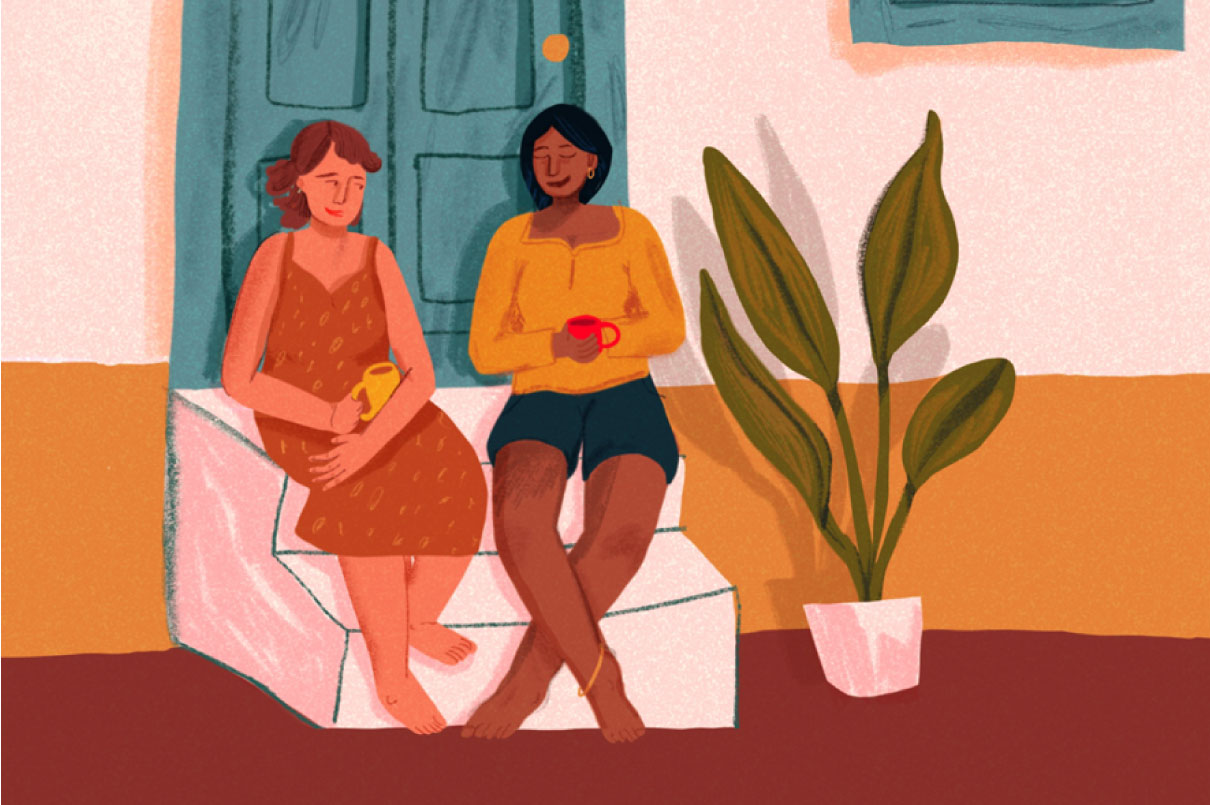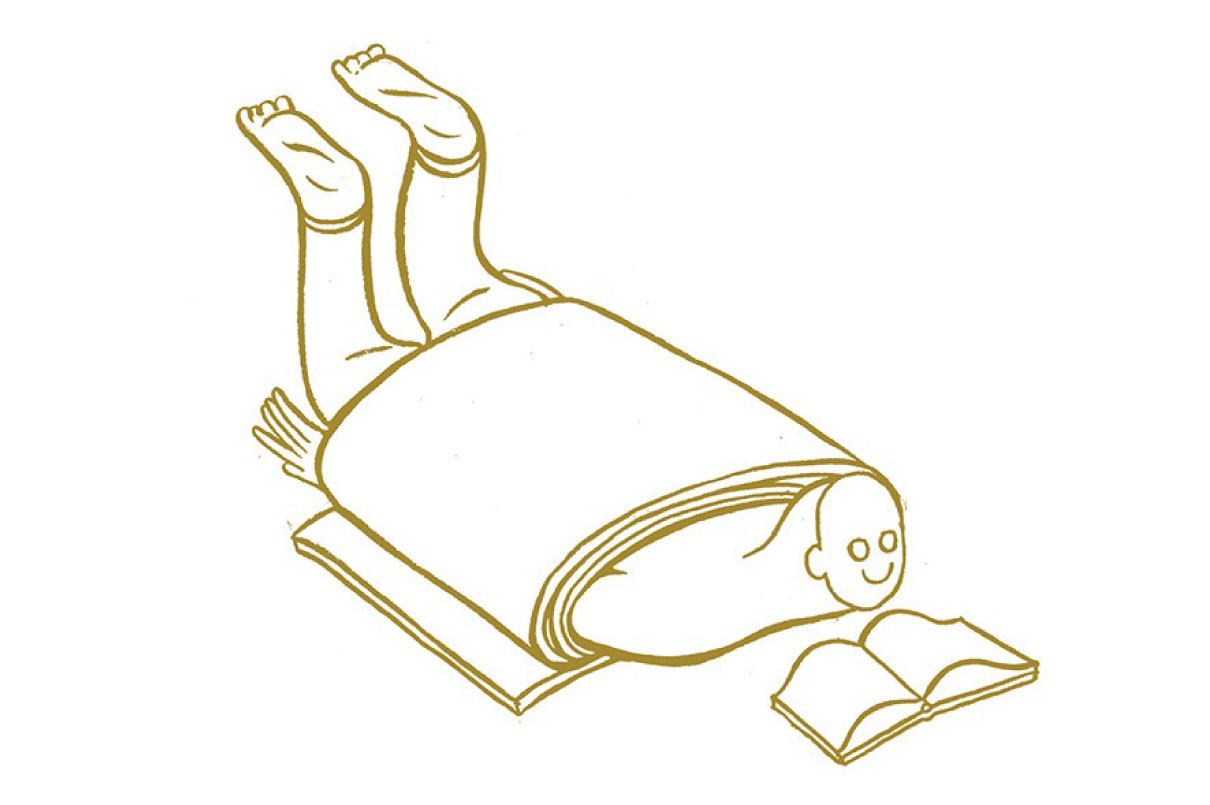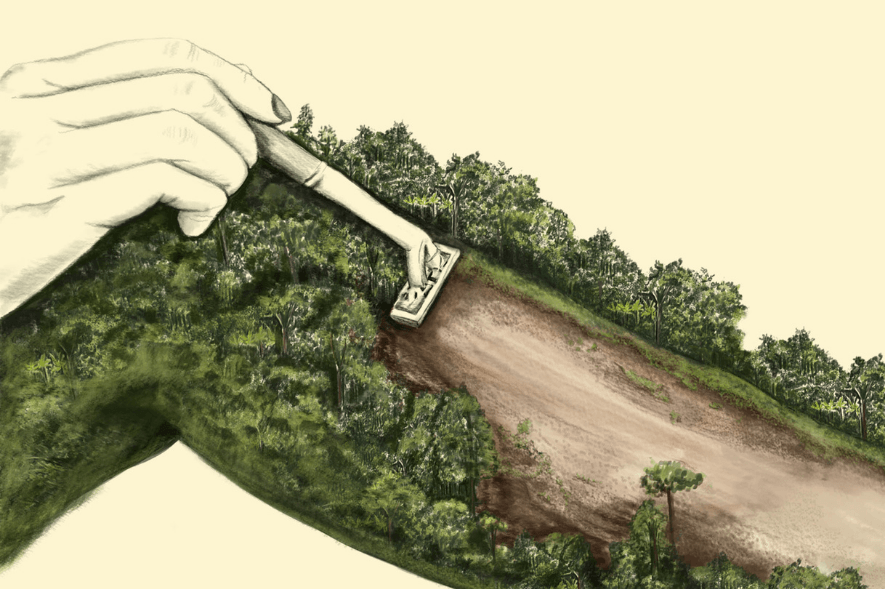A ceramic shoe is dissected by a pendulum; the taut string slicing through with a sharp swish. Gummy worms drop onto glitter-wood, snaking their way to form a mesmerizing maze. A colourful graph sheet pops to life, rising and receding like domino tiles. My mind has been peeled, sliced and squished, until I’m left with an effervescent brain. Crackles fill my head; bubbles down my spine.
I seem to be experiencing Autonomous Sensory Meridian Response (ASMR), a pleasurable sensory phenomenon triggered by audio, visual or tactile stimuli, or a combination of all three. The pseudo-scientific term was coined by American cybersecurity professional Jennifer Allen in 2010. “ASMR ‘tingles’ are experienced different by different people. Some feel it as static or goosebumps. Others describe the feeling like having water swirling in their heads. Some also feel it through their body,” says US-based Melinda Lauw, co-creator and artistic director, Whisperlodge. Her company, the first of its kind, hosts intimate, immersive theatre performances based on ASMR experiences.
View this post on Instagram
Our fascination with this strange phenomenon emerged in the strangest place of all: The Internet. About a decade ago, a niche audience began tuning in to homemade YouTube videos where ASMRtists whispered, tapped and brushed their brains into orgasming. The resultant calming effect is said to help alleviate insomnia, stress, anxiety, and in some cases, PTSD.
The Design of Things
More recently in India, visual and motion design has been gravitating towards a slick, three-dimensional aesthetic with a certain sensorial quality that leaves audiences oddly satisfied. Concepts are often fantastical, with subjects rooted in reality via textures and lighting. While the emergent genre may not necessarily be inspired by the ASMR trend, designers agree that the two share a reliance on repetitive, textural elements to render that much sought-after abstract, tactile connection. “One big reason why ASMR content is such a hit [especially in the West] is because of social isolation. It is kind of a gateway into a half-synthesized, half-real world,” says Nikunj Patel, a Mumbai-based visual artist and music producer who creates audio-visual content for live events under the moniker Moebius. He explains that animation is based on timing, spacing and behaviour — the same variables and techniques employed in meditation, dance, physiotherapy and ASMR to affect a natural flow that soothes the body and mind.
View this post on Instagram
In the Information Age where pings, tabs and pop-ups constantly vie for attention, a 10-second, aesthetic loop may not be so bad. Repetition and anticipation techniques employed in animation help suspend viewers in a zen-like state, allowing room for details we may have otherwise missed. “[Loops help] create this endless world where you can float; a break from hectic life. A lot of [my loops] have subtle motion, which is in line with ASMR videos; even with complex motion, the end is always a sense of linear interpolation,” says Aarman Roy, a graphic designer currently studying at the School of Visual Arts in New York, who believes that in a screen-heavy ecosystem, motion is the way forward. Patel adds, “When we’re able to anticipate a motion, it becomes very satisfying. You can tune into a rhythm that is outside of yourself.”
Electronic music producers often layer natural sounds — the clicks, taps and swooshes common with ASMR — over synthesized rhythms to compose the kind of sonic wallpaper that’s known to calm listeners. While the ambient genre isn’t new to the music scene, it’s gaining popularity after being paired with ASMR-esque motion design.
View this post on Instagram
The Ad Up
Digital marketing has, of course, taken the ASMR trend mainstream. IKEA USA’s 25-minute video features a dorm room being set up. McDonald France’s award-winning series of candy-toned gifs promoting the Egg McMuffin was conceptualised by advertising agency TBWA\France with Parisian motion designer and art director Matthieu Braccini. Gucci recently collaborated with ASMRtists and motion designers, like Welsh ASMR YouTuber Laura Lemurex and Swedish 3D designer Andreas Wannerstedt, on #24HourAce, a digital art project, starring the Gucci Ace sneaker.
“We’ve moved from a generation which consumes video on TV to consuming video on mobile screens on the go,” says Rohit Raj, co-founder and creative chief at digital agency The Glitch and an avid consumer of horror ASMR. After pitching a couple of ASMR-inspired campaigns ahead of its time (2012), Raj says India is now ready and that they’re currently working on multiple related projects. In August, Skoda India launched Peace of Mind, the country’s first ASMR media campaign, via a series of elementary YouTube videos, by digital and communications agency Liquid India.
Lauw, of Whisperlodge, who consults on ASMR marketing campaigns, is positive about its wider reach. She believes — providing it isn’t trivialised — that this could fuel further scientific research into the little-understood phenomenon. Let’s tap on wood!
Gretchen Ferrao Walker is an editorial consultant who has collaborated with Indian and international publications like GQ India, Forbes India, Time Out, Architectural Digest India, Design Anthology and Collectively.org. She is the former editor of travel bimonthly Time Out Explorer and current mum to a 2-year-old. She enjoys embroidering and making pictures.
Tell us what you think? Drop us a line.
